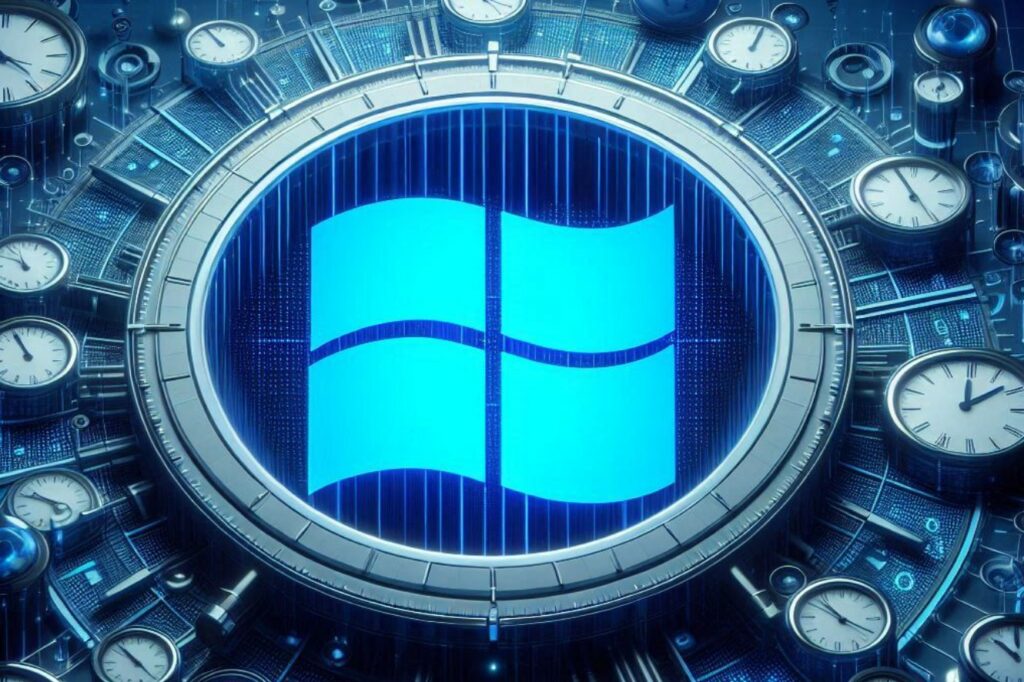
Over the past twelve months, security experts have noticed an increase in attackers using Windows scheduling capabilities, intended for system management, to establish their presence within compromised systems. Malicious commands are embedded within Task Scheduler processes that are activated at startup, logon, or at predetermined intervals, allowing attackers to gain stealthy, persistent access that frequently evades standard detection.
Unlike elaborate rootkits or zero-day exploits, these techniques exploit built-in system functionality, allowing threat actors to persist without having to deploy additional binaries or complex toolchains. Initial infections typically occur via phishing emails or exploit kits that distribute lightweight loaders that quickly become persistent.
After completing execution on the endpoint, security researchers have detected that attackers are using the schtasks.exe binary or PowerShell cmdlets to schedule new tasks or modify existing ones. Adding to the complexity of detection is the fact that these tasks can use the SYSTEM account. In numerous cases, incident response teams discovered tasks named to mimic legitimate Windows services, such as “TelemetryUpdater” or “HealthCheck,” but pointing to executable files stored in unconventional directories under C:ProgramDataSystem.
Early samples targeted financial institutions, while more recent campaigns have expanded to critical infrastructure sectors, highlighting the broad applicability and low operational costs of abusing scheduled tasks. DFIR Spot analysts noted that the malware relies on triggers such as LogonTrigger and TimeTrigger, configured to run every five minutes or every time a user logs on.
This approach allows malicious components to integrate into normal system activities, delaying analysis and remediation. Subsequent payloads delivered via these tasks range from coin mining binaries to remote administration tools. Once registered, the tasks often automatically update themselves by invoking PowerShell scripts that extract additional modules or modify command-line arguments.
Because Task Scheduler logs can be deleted or disabled by attackers, many organizations have struggled to reconstruct timelines without enriched EDR telemetry. Once created, the process runs with SISTEM privileges, launching a second-stage loader that contacts a remote C2 or payload repository.
By embedding the executable in non-standard paths and abusing native scheduling capabilities, threat actors achieve persistence without requiring additional exploitation frameworks. Detection strategies should include rigorously defining legitimate scheduled tasks, monitoring the TaskScheduler/Operational logs for Event ID 106 (logged activity), and applying advanced audit policies to capture Event ID 4698 entries.
Combining these logs with EDR-based process lineage analysis can reveal patterns. Activity creation anomalies that deviate from normal administrative operations.
Follow us on Google News to receive daily updates on cybersecurity. Contact us if you would like to report news, insights or content for publication.
